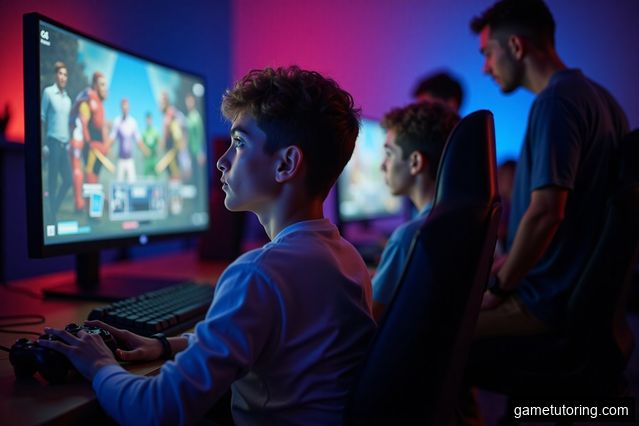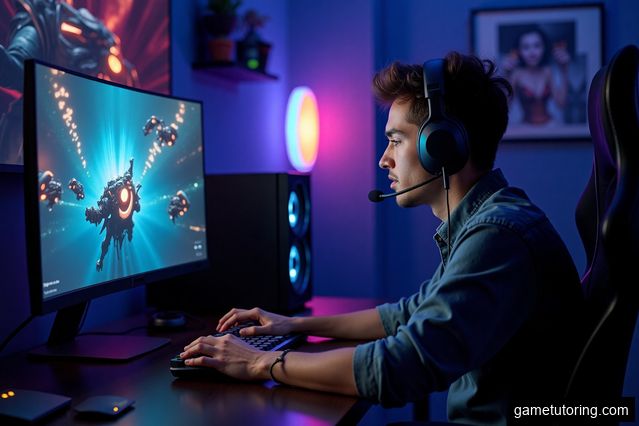Understanding the Power of Tailored Game Instruction
In today's digital age, gaming has become an integral part of many students' lives. However, traditional educational methods often struggle to engage and motivate students. This is where tailored game instruction comes in. By leveraging the immersive and interactive nature of games, educators can create customized learning experiences that address individual challenges and preferences.
Personalized Learning for Individual Needs
One of the key benefits of tailored game instruction is its ability to cater to individual student needs. Every student learns at their own pace and has unique strengths and weaknesses. Traditional classroom settings may not always allow for personalized attention. However, with tailored game instruction, students can receive individualized feedback and guidance, allowing them to focus on areas where they need the most support.
Enhancing Engagement and Motivation
Engagement and motivation are crucial factors in effective learning. When students are bored or disinterested, it becomes challenging for them to absorb and retain information. Tailored game instruction addresses this issue by leveraging the inherent excitement and enjoyment of gaming. By integrating educational content into games, students are more likely to stay engaged and motivated throughout the learning process.
Gamification for Increased Learning Outcomes
Gamification is a powerful tool that can be used in tailored game instruction. By incorporating game elements such as rewards, achievements, and progress tracking, educators can create a more immersive and rewarding learning experience. These elements tap into students' innate desire for achievement and competition, fostering a sense of accomplishment and driving them to put in more effort to succeed.
Building Problem-Solving and Critical Thinking Skills
Games often require players to think critically, solve problems, and make decisions. Tailored game instruction can harness these elements to develop and enhance students' problem-solving and critical thinking skills. By presenting challenges and puzzles within the game environment, students are encouraged to think analytically and strategically. This hands-on approach to learning helps them apply theoretical knowledge to practical situations, preparing them for real-world problem-solving scenarios.
Collaboration and Communication in Multiplayer Games
Many games offer multiplayer modes where students can collaborate and communicate with their peers. These multiplayer experiences encourage teamwork, communication, and cooperation. Through tailored game instruction, educators can facilitate group activities and projects within the game, fostering essential collaboration skills. By working together to achieve common goals, students learn how to effectively communicate, delegate tasks, and resolve conflicts.
Measuring Progress and Providing Feedback
Assessing student progress and providing timely feedback are vital components of effective instruction. Tailored game instruction offers various ways to measure and track student performance. By collecting data on gameplay patterns, decision-making processes, and completion rates, educators can gain valuable insights into students' strengths and weaknesses. This data-driven approach allows for targeted interventions and personalized feedback, enabling students to monitor their progress and make informed improvements.
Continuous Learning and Adaptability
Tailored game instruction is not limited to a one-time experience. Games can be updated and adapted to align with evolving curriculum standards and individual student needs. This adaptability ensures that students have access to relevant and up-to-date content. Additionally, the continuous nature of games encourages students to engage in ongoing learning, fostering a growth mindset and a lifelong love for learning.








